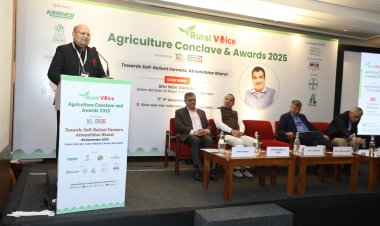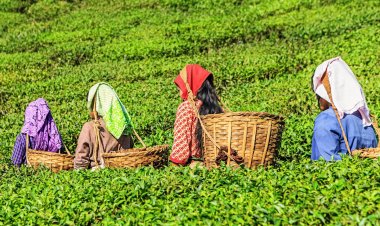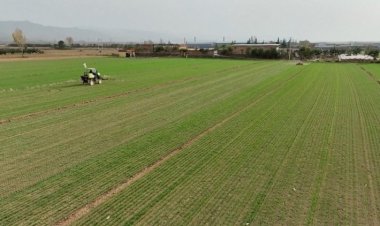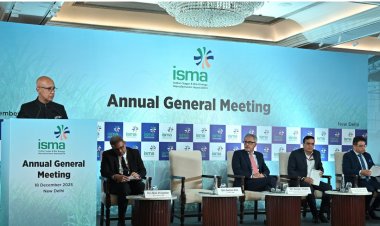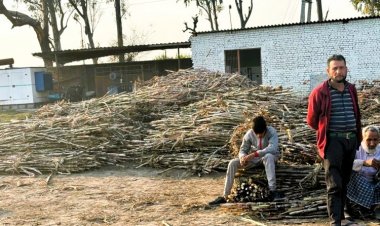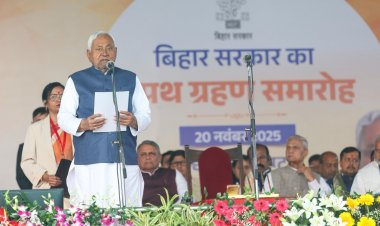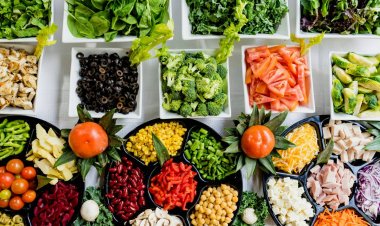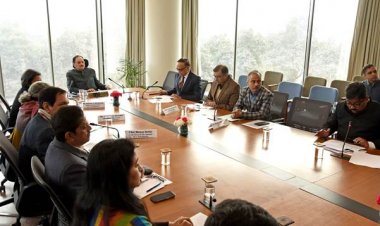Withdrawal of GST exemption on fumigation of agri produce in warehouses be reconsidered: NBHC
NBHC has talked about the importance of fumigation in agri produce and how infestation leads to storage loss. Besides, according to it, the levy will add little to the exchequer. And it is on these grounds that it has demanded a rollback of the withdrawal of GST.

The Goods and Services Tax (GST) Council recently announced the withdrawal of the exemption on fumigation of agri produce in warehouses from July 18. The National Bulk Handling Corporation (NBHC), in a press release issued on July 12, has strongly appealed to the Ministry of Agriculture, the Warehouse Department Regulatory Authority, the GST Council, and the Central Board of Indirect Taxes to re-consider the decision. Its demand is that the proposed withdrawal be rolled back.
Ramesh Doraiswami, MD and CEO, NBHC, has voiced his opinion on the recent GST levy on fumigation services and said that these should remain exempt from GST, says the release.
The release talks about the importance of fumigation in agri produce and how infestation leads to storage loss. Besides, according to it, the levy will add little to the exchequer. And it is on these grounds that it demands a rollback of the withdrawal of GST.
Fumigation is an integral part of the scientific storage of agri produce for mass consumption such as wheat, maize, pulses etc., says the release. This key component being singled out for levy of GST will result in a ‘cost burden on the agri value chain’. It can also lead to a reduction in farmer realization or an increase in consumer price.
Importance of fumigation of agri produce
The release says that to maximize farm income and ensure continued food availability, storage for 6-9 months is imperative. Since infestation is common during such prolonged storage beyond 30-45 days, the desired and regulated procedure required is fumigation. It is a process of subjecting the infested stocks/storage structures/containers to lethal fumes of fumigation in an enclosed atmosphere with sufficient concentration for appropriate exposure time.
In a warehouse, fumigation is carried out by applying fumigant (ALP tablet or pouches) by covering the stack with gas-retaining plastic sheets used to hold fumigant gases inside a fumigation enclosure during the exposure period. It is a curative treatment and the only practical way to kill internal insects or insects dwelling deep within the grain mass.
Fumigation is a regulatory requirement in most of the importing countries, says the release. The increase in demand for improved food safety standards throughout the world has imposed the requirement for good and quality food products. Fumigation plays a more important role in controlling and management of infestation in commodities stored in tropical countries like India, where climatic conditions are favourable for infestation of stored grain pests.
Storage loss due to infestation
The release says that in India, 10 per cent of the total post-harvest losses happen because of unscientific storage. The annual storage losses have been estimated to be 14mn tonnes, which amounts to about Rs 7,000 crore, out of which the stored grain insect pests alone account for Rs 1,300 crore.
According to the release, since fumigation and prophylactic treatment are integral parts of scientific storage, these services need to be carried out with precision. Even partial damage to quality due to insects can result in a complete loss of commercial value of foodgrains.
The release raises a doubt that there is a possibility that this additional levy could result in fumigation services being carried out in an unorganized manner by untrained operators, thereby resulting in safety hazards to the operator and also harming public safety.
Furthermore, says the release, given the low cost of fumigation, there is a relatively insignificant revenue implication of GST levy to the exchequer compared to the downside on grain quality and farm incomes.



 Join the RuralVoice whatsapp group
Join the RuralVoice whatsapp group


















